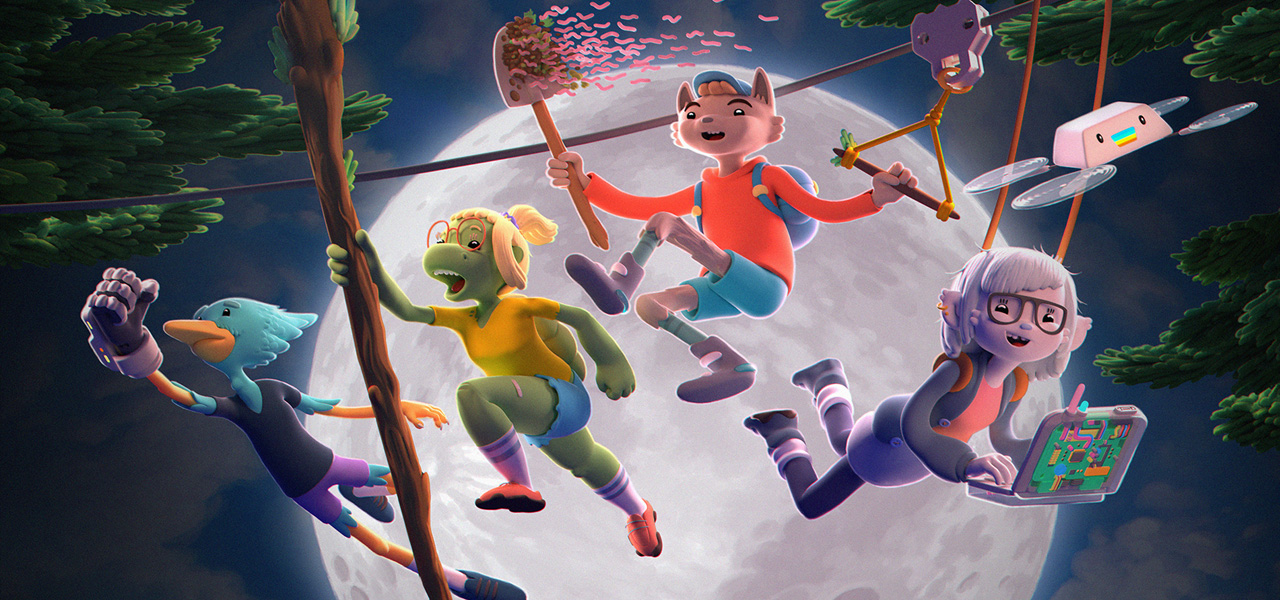
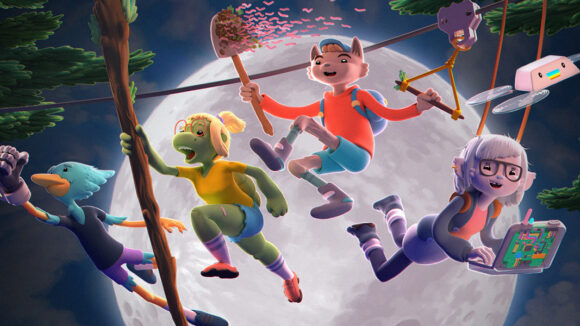
Exclusive: How Encyclopedia Pictura Made Their ‘DIY’ Minisodes, And Got Them Onto Cartoon Network
L.A.-based film and animation studio Encyclopedia Pictura is most well known for their Bjork, Panda Bear, and Grizzly Bear music videos. But one of their most recent projects is a children’s 3d animated television series called DIY, that also includes an online community.
Cartoon Network has just started showing a collection of the Encyclopedia Pictura shorts called DIY: Volume 1 as a pilot-like release, and Cartoon Brew has this exclusive preview on the show, which dives into a mythic world where learning to do things yourself can make you a superhero.
Encyclopedia Pictura directors Sean Hellfritsch and Isaiah Saxon outline how they came up with the series idea, the process of pitching it, making it with under 10 artists, and the building of a successful online community before the episodes even aired.
DIY – a crazy idea
Starting out as a directing duo with Hellfritsch and Saxon in 2004, Encyclopedia Pictura expanded to three directors in 2007 with the addition of Daren Rabinovitch. The studio works in several mediums and styles.
“Our general process or ethos,” Saxon told Cartoon Brew, “is that we’ll get a crazy idea that we really want to see, then we’ll learn on the fly how to accomplish that, often with a mix of stop motion, puppets, live action, cg, and matte paintings. We’re firm believers that to create a sense of magic in the audience, you have to short-circuit their brains a little. Magic comes from not being able to fathom how something was done, so part of our approach to creating film is this pursuit of confusing the audience into a sense of wonder.”
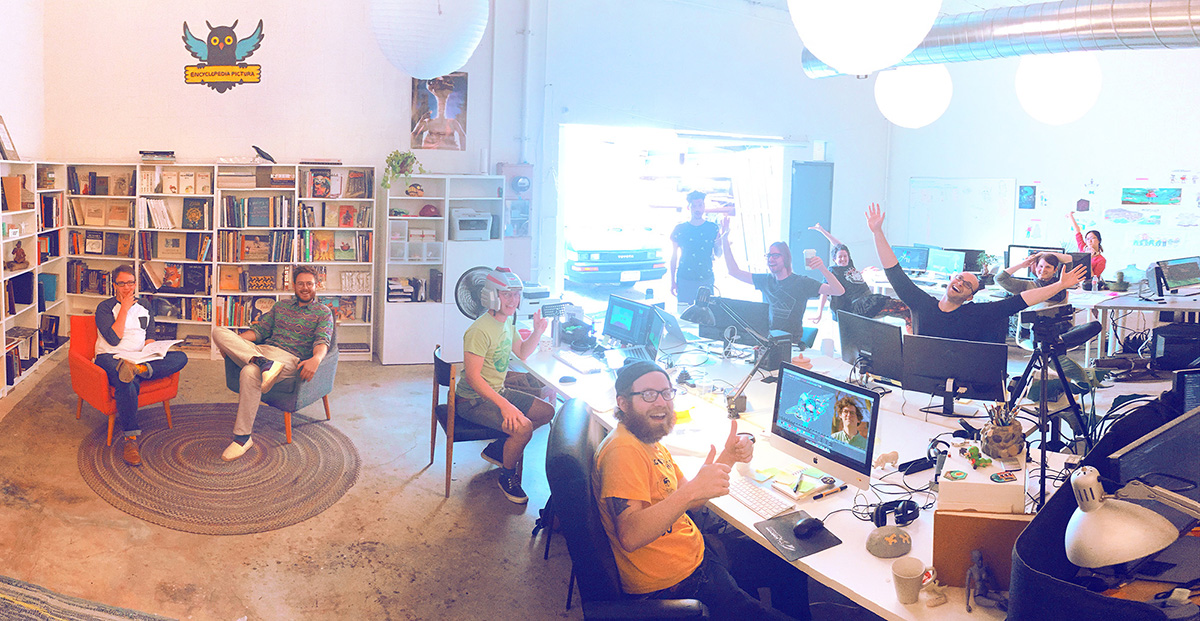
One of those crazy ideas turned out to be DIY, explained Hellfritsch: “We had this vision of a mythic world in which learning how to do things yourself could make you feel like a superhero.” The ‘DIY’ – do it yourself – reference in the title of the series is indeed something that is central to the idea for the project, and came from actual experience.
“We had moved out to the country to follow this feral urge to de-domesticate ourselves,” said Saxon. “We built huts and treehouses and hobbit homes and learned how to farm. We were excited by this feeling that we could learn anything on the internet, then physically build these things in the real world, to transform our environment. We began writing DIY as a way of inspiring kids to engage with the world in this way – to learn by doing and follow their curiosity.”
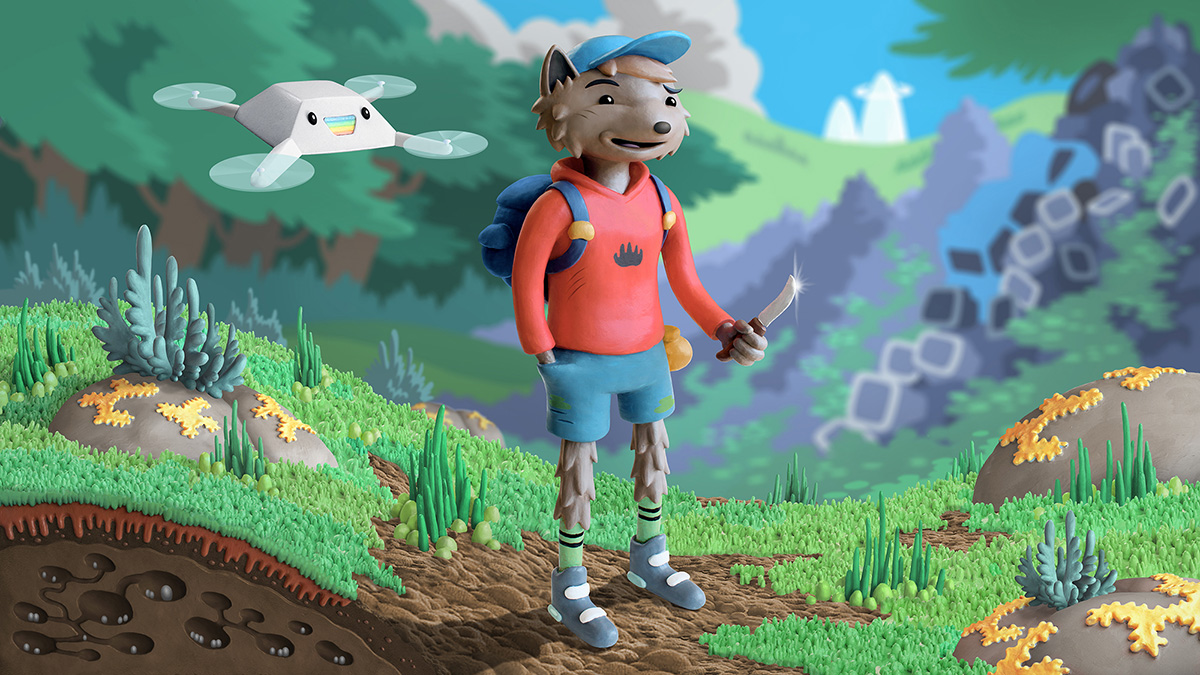
Interestingly, as part of realizing the concept for DIY, Encyclopedia Pictura established an online do it yourself community for kids called DIY.org made in conjunction with Vimeo co-founder Zach Klein. The community – available online and on an app and with over 1 million registrations – is essentially a kids-only learning environment where participants can post and watch DIY videos and then earn ‘patches’ relating to the skills they’ve learned. Right now, little cross-over exists between the online community and the DIY series, but the series is designed as an extension of DIY.org.
“The initial idea behind DIY.org was the realization that it would be a missed opportunity to succeed at inspiring kids but to fail at giving them tools to actually do stuff,” said Saxon. “The fearless creative energy that kids have is so rad, but many of them lose it because it’s not encouraged enough. So we aimed to make a culture that would celebrate it.”
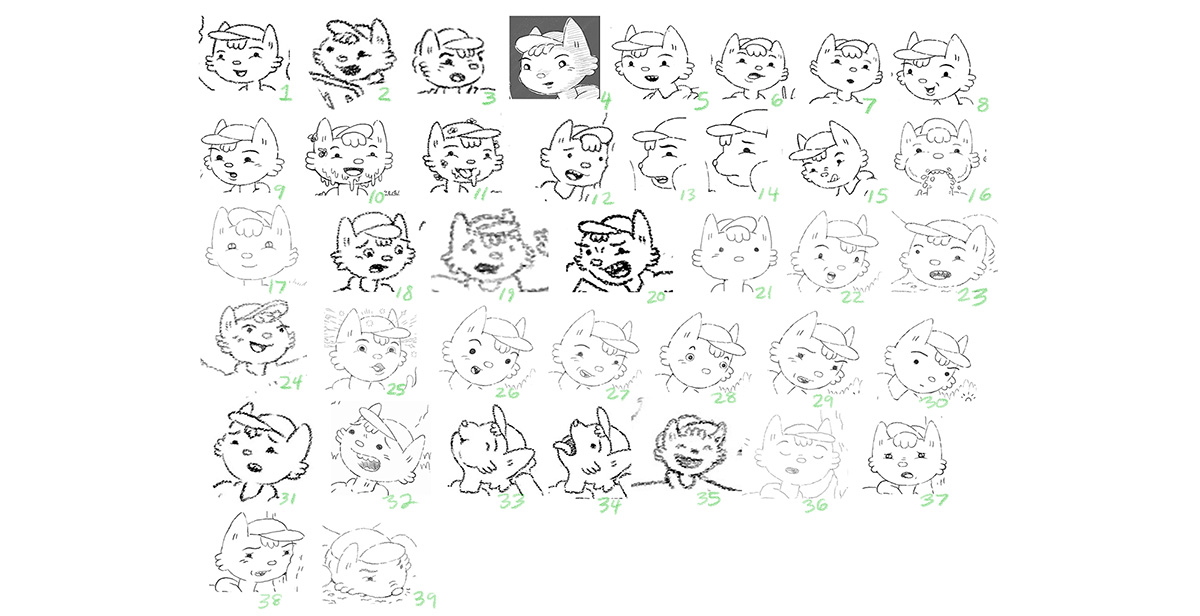
Origins of the DIY show
DIY, the show, actually began as a feature film idea that Encyclopedia Pictura imagined as live action with a cast of children set in a small town in Pennsylvania, with a bizarre twist: there would be “Planet of the Apes style cg to turn the kids into animals,” said Saxon. “I know that sounds ridiculous, but we worked on this version for a couple years, developing it with J.J. Abrams. Then Paramount killed it. After that, we licked our wounds and began to think Cartoon Network was maybe the only place that would let us find the weird tone we were seeking.”
The style of the show was thus re-invented to work for an episodic comedy cartoon vibe. An early clay sculpt done by Saxon of the main character Eli and main environment informed the directors as to the medium of choice, and that became cg.
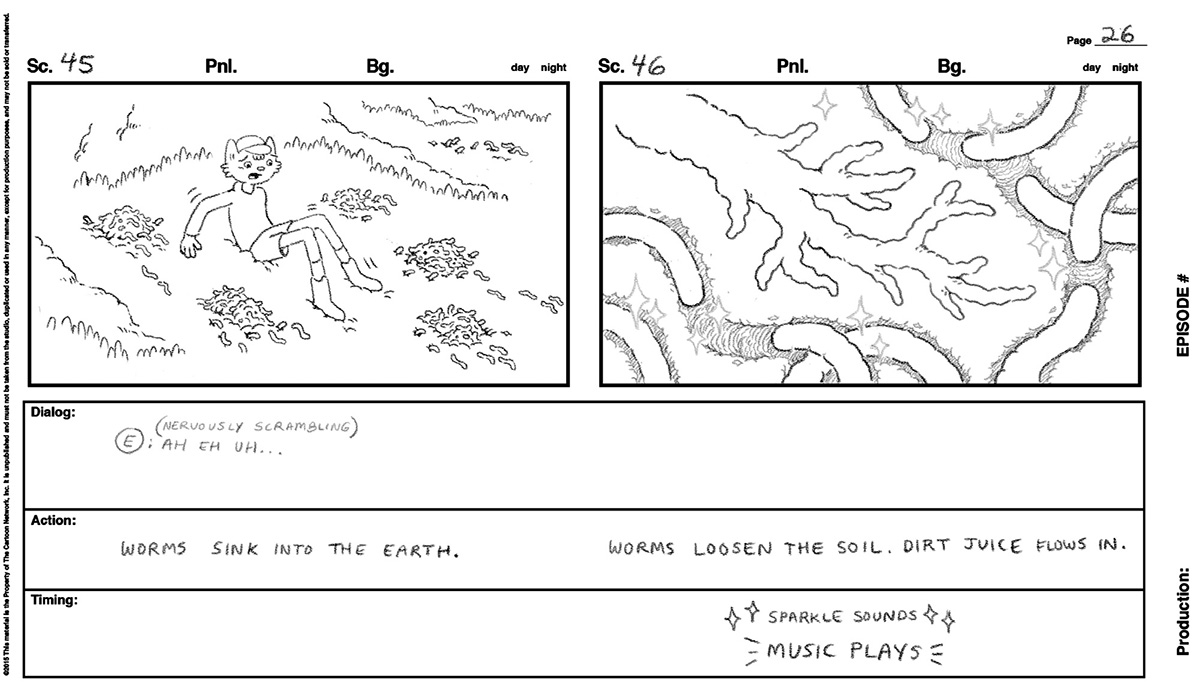
“Once Isaiah did that sculpted scene we could just point at it and say, ‘We are going to make it look like that,’ and it was pretty clear,” said Hellfritsch. “Early on in the rendering development process we decided not to go fully into the photo-real, clay textured, fake stop-motion look, but sit somewhere in between that still feels kind of physical. We very briefly considered making the show in stop motion, but we threw out that idea because we knew we wanted all the plants to be wiggling and swaying in every shot and that would take forever to animate.”
The DIY characters were ultimately sculpted in ZBrush and animated in Maya. Environments and effects were done in Cinema 4D, with everything brought together in May and rendered in V-Ray. The studio developed their own tool for facial animation in an effort to avoid the ‘plastic’ feeling the directors felt can be apparent with a traditional cg rig. “We wanted it to feel as alive and graphic as 2d or stop motion, so we created a custom ZBrush sculpt for every single expression and mouth shape, often built for a particular camera angle to preserve the graphic quality of the design,” said Saxon. “We had this massive grid of blendshapes for the faces and a slider tool so you could keyframe and blend between expressions.”
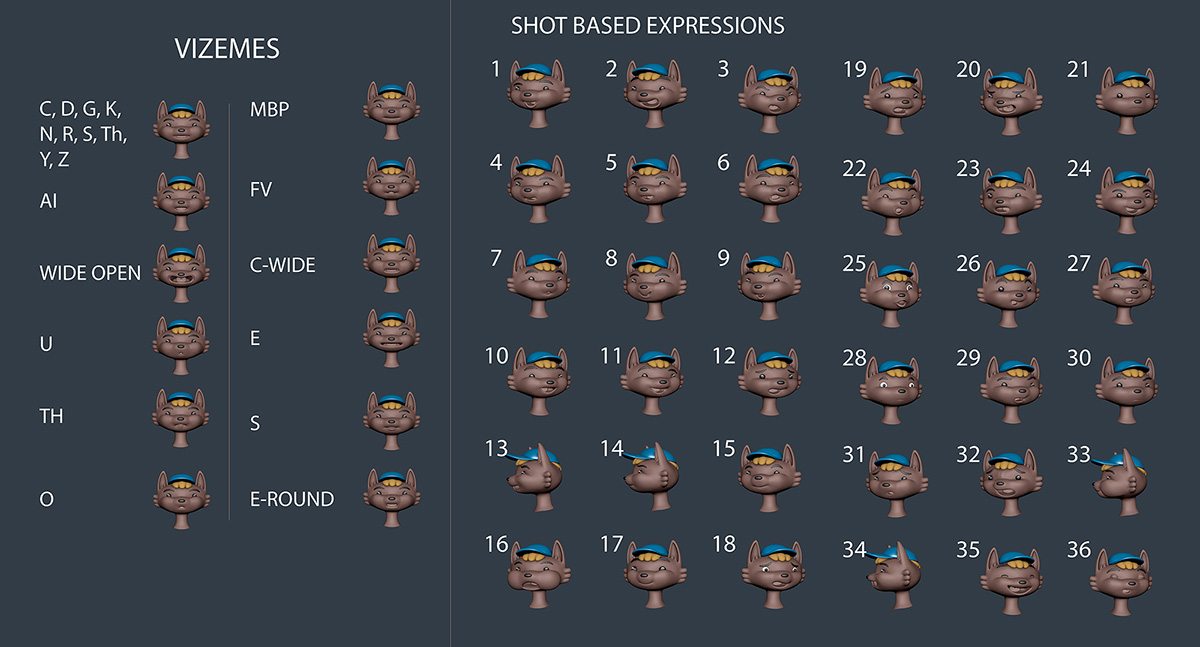
Pitching DIY, the lessons learned, and the future of the show
From the feature film idea to various project incarnations, DIY eventually came together as an animated series. The directors had many story ideas and decided that a series gave them freedom to build out a deep world. Cartoon Network was the location they sought out.
“We approached Cartoon Network specifically because we liked what they were doing with Adventure Time and Clarence and it seemed as though they were very creator-friendly,” said Hellfritsch. “When we met we already had a full pitch bible, detailed concept art, tons of character designs, and a handful of example story ideas. They were super into everything and we got right to work. We didn’t pitch the series anywhere else.”
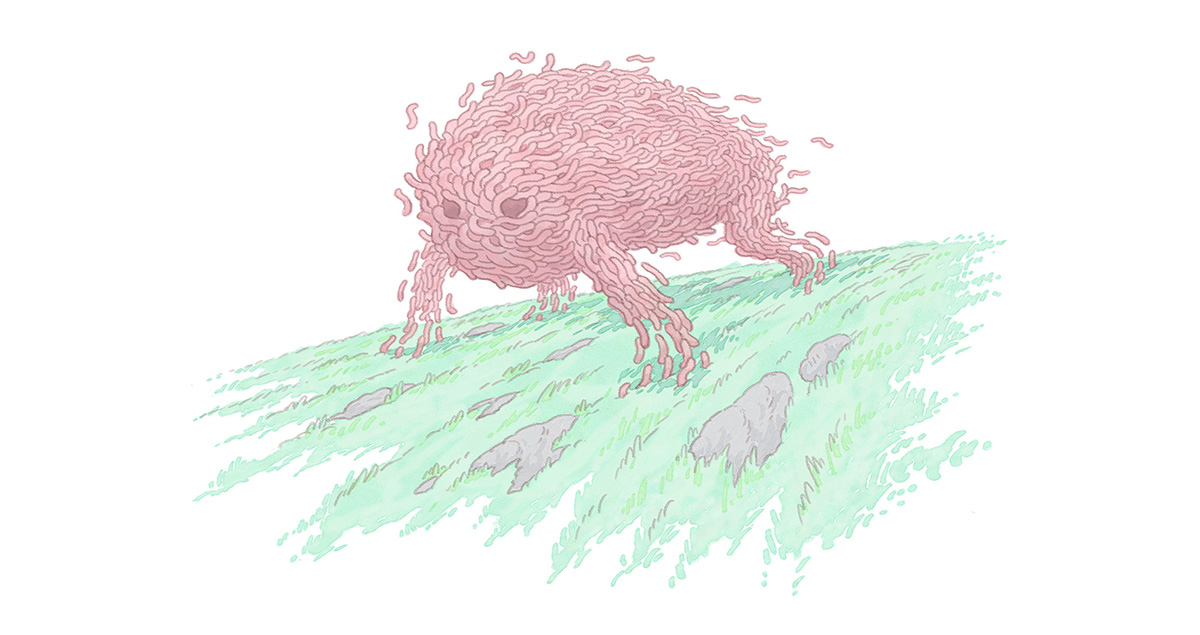
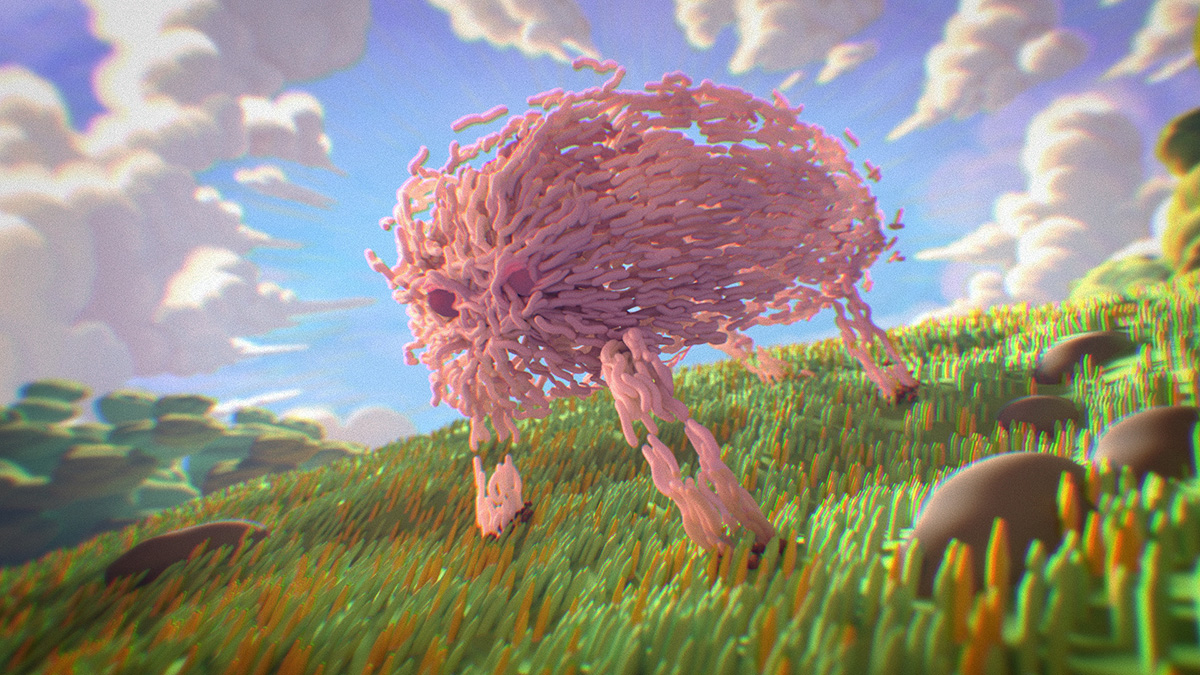
Saxon and Hellfritsch have of course prepared multitudes of pitches over their time in animation. For this one, DIY had been in their minds for years, which meant they were both well-prepared and confident about it.
“We tend to over-prepare for pitches,” said Saxon. “I’ll work on art for months and months, and really rehearse out the script and delivery. Creating the pitch is really creating the show in my mind; it’s not a drag, it’s an opportunity to create a perfect blueprint for everything that will come later. It’s all about refining and revising your characters and world and tone and themes until you feel you’ve boiled it to its essence.”
Encyclopedia Pictura is known for producing impressive work with a nimble team, and that same approach was taken with DIY, which was made with an eight-person group. “Keeping the team small and full of friends is the key to us having a good time, and ultimately having a good time is the key to pushing the ambition level for everyone,” said Saxon. “Animation is so time intensive that if you’re not enjoying the daily studio life, then what’s the point?!”
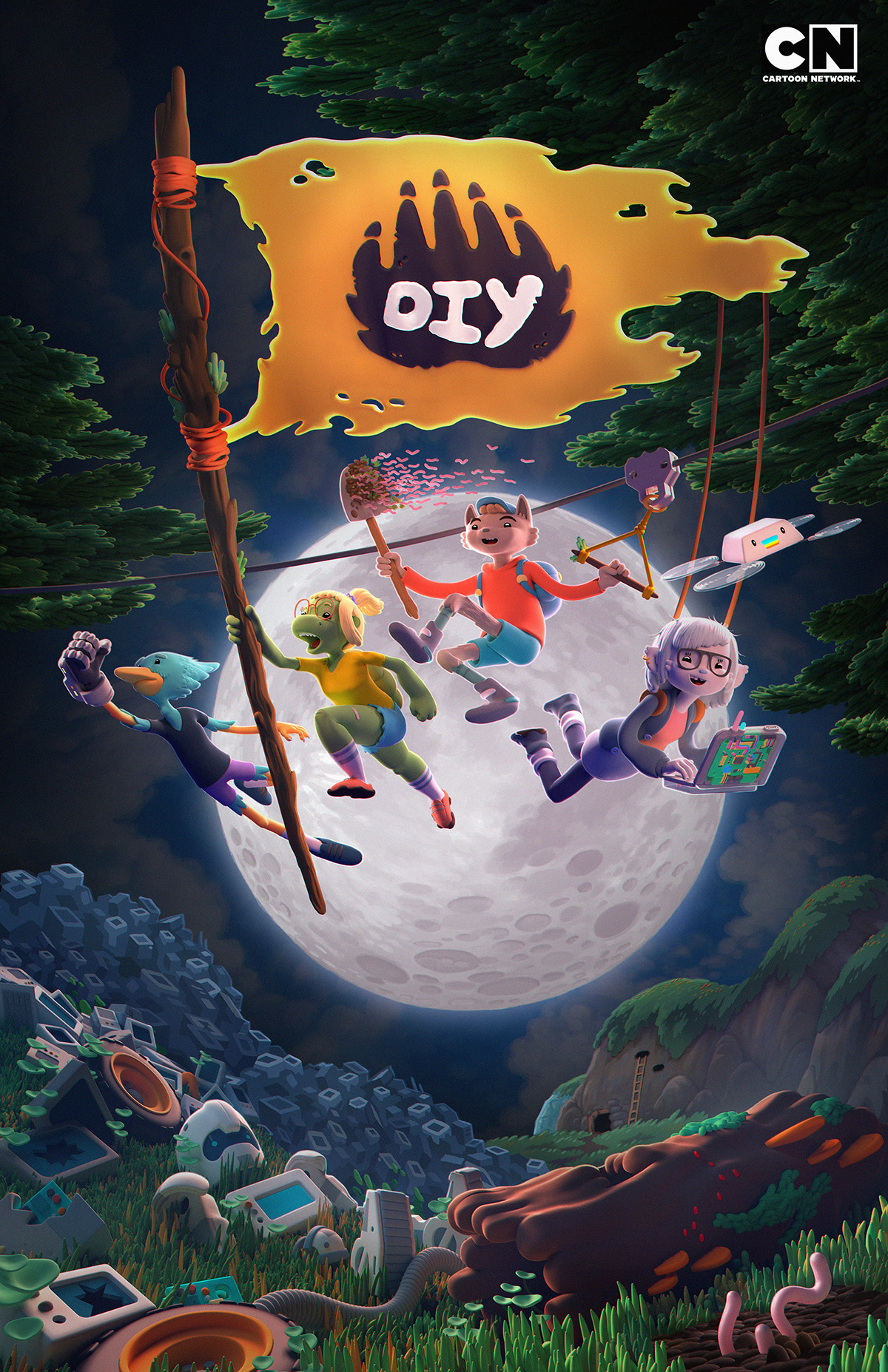

.png)